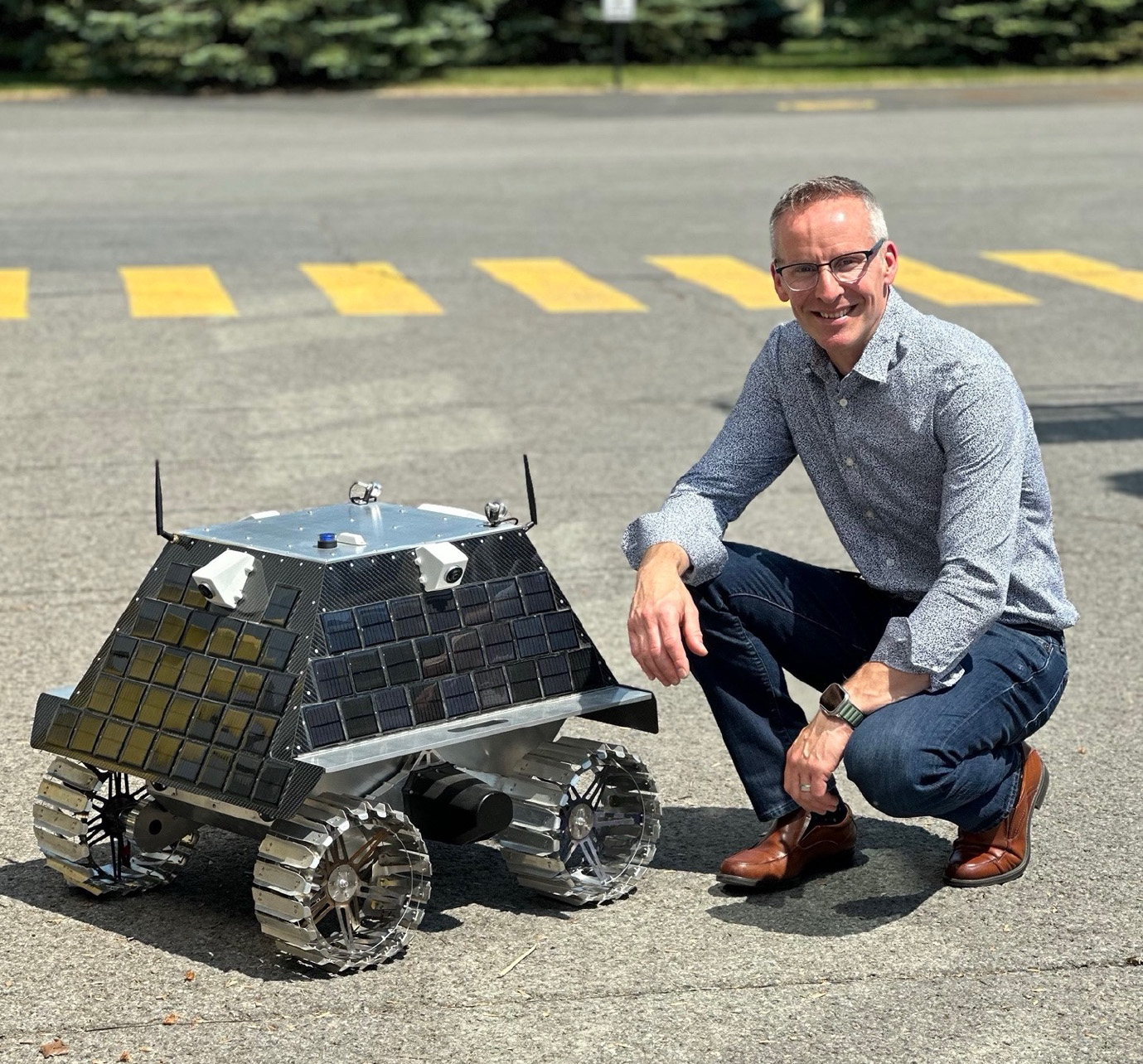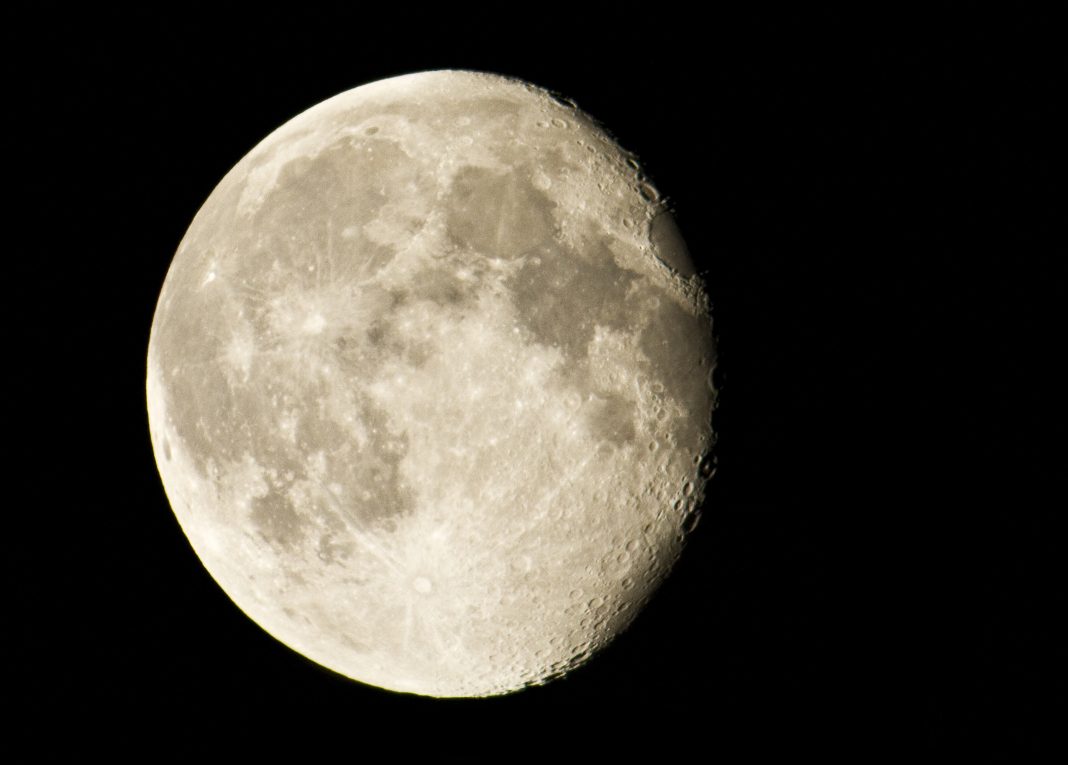With Canadian astronaut Jeremy Hansen leading the way, Canada is heading to the Moon with humans and robots, as explained by Dr. Gordon Osinski from Western University
Canada has a long history in space – a history that many people may not be aware of. With the launch of the Alouette-1 satellite in 1962, Canada became the third country in space, following the former USSR and the U.S. Since then, Canada has played an important role in space, with satellites such as the Radarsat program to monitor Earth, a pioneering astronaut program, and contributions to various robotic planetary and astronomy missions.
A major focus for the Canadian space program is the Moon. The Canadian Space Agency is working with companies, universities, and other partners across the country to prepare for the next chapter of lunar exploration. The goal is to pave the way for a long-term presence on the Moon and, ultimately, for the journey to Mars.
Canada’s lunar ambitions took a significant step forward in February 2019 when then-Prime Minister Justin Trudeau announced funding for the Lunar Exploration Accelerator Program (LEAP) and the Canadarm 3 initiative.

The Canadian Lunar Rover Mission
The flagship of LEAP is the Canadian Lunar Rover Mission, which will be the first-ever Canadian-led mission to the surface of another planetary body. In November 2022, Canadensys Aerospace Corporation was selected to design and build this historic rover. While Canadian technology has previously reached the Moon and Mars, it has always done so as part of missions led by other nations. This time is different. For the first time in history, Canada is leading the way – an achievement that speaks to the strength, innovation, and expertise of our space community.
With a launch planned for 2029, our team is making significant progress toward finalizing the design of the rover and its scientific instruments, as well as selecting a landing site. Canada’s first mission to the Moon is no easy task – we are heading straight to one of the most extreme regions of the lunar surface: the South Pole. To succeed, our rover must withstand freezing lunar nights that last up to 14 Earth days, with temperatures plunging below -200°C. With only solar panels and batteries to power us through, every detail counts. On top of that, all of the rover’s systems – plus six scientific instruments – must fit into a package weighing just 35 kilograms.
Canada’s first lunar rover mission is a genuine team effort. Canadensys is leading the rover design and build, supported by seven Canadian companies contributing key components for the rover and its science instruments. I am honoured to lead a science team that brings together faculty and students from six Canadian universities across Quebec, Ontario, Manitoba, Alberta, and British Columbia. In the spirit of international collaboration, we are also joined by scientists from the U.S. and the U.K. One of our instruments is being provided by Johns Hopkins University’s Applied Physics Laboratory, with support from NASA. In return, Canada has secured a launch aboard a NASA mission.
Even before our mission has launched, Canada is already looking ahead to a much larger Moon rover. Announced in the 2023 Budget, the country plans to develop a new lunar utility rover designed to transport cargo, conduct scientific investigations, and assist astronauts on the lunar surface.
Canada’s contribution to the Artemis program
It has been 53 years since humans last set foot on the Moon. Since then, humanity has not ventured beyond Low Earth Orbit. In Greek mythology, Artemis was the daughter of Zeus and the twin sister of Apollo – a fitting namesake for the program poised to return humans to the Moon. Unlike Apollo, the Artemis program has ambitious goals: establishing the first long-term human presence on the Moon and eventually sending astronauts to Mars. This bold vision represents the next major international collaboration in space, building on the success of the International Space Station.
With Senegal joining on 24th July 2025, 56 nations have now signed the Artemis Accords, which outline a shared set of principles for the exploration and use of outer space. Canada was among the original eight signatories. At its core, the Artemis Accords aim to strengthen peaceful cooperation among nations – a goal that is especially vital today, perhaps more so than at any time since the Cold War.
The first mission in the Artemis program in late 2022 was a demonstration of technologies. Artemis II is scheduled to launch in April 2026. The stakes are high for the Artemis II mission, which will carry four astronauts into space for the first time – including Canadian Jeremy Hansen. While the mission will not involve a Moon landing, it remains an incredibly complex and demanding endeavour, carrying the inherent risks of any pioneering journey. This mission marks the first time humans will fly aboard NASA’s Orion spacecraft and the first voyage beyond Low Earth Orbit since Apollo 17 in 1972. If successful, these four astronauts will have ventured farther from Earth than any humans in history.
We are truly entering a new chapter of the Canadian space program.


